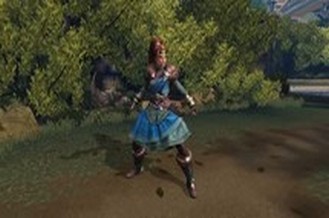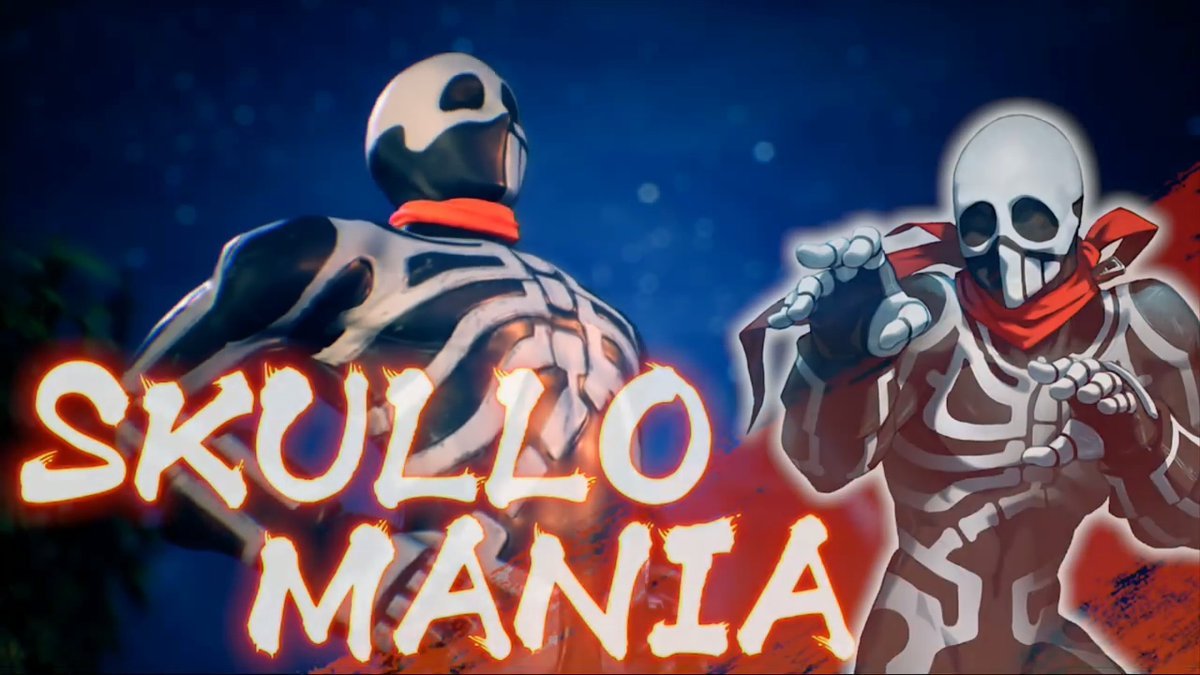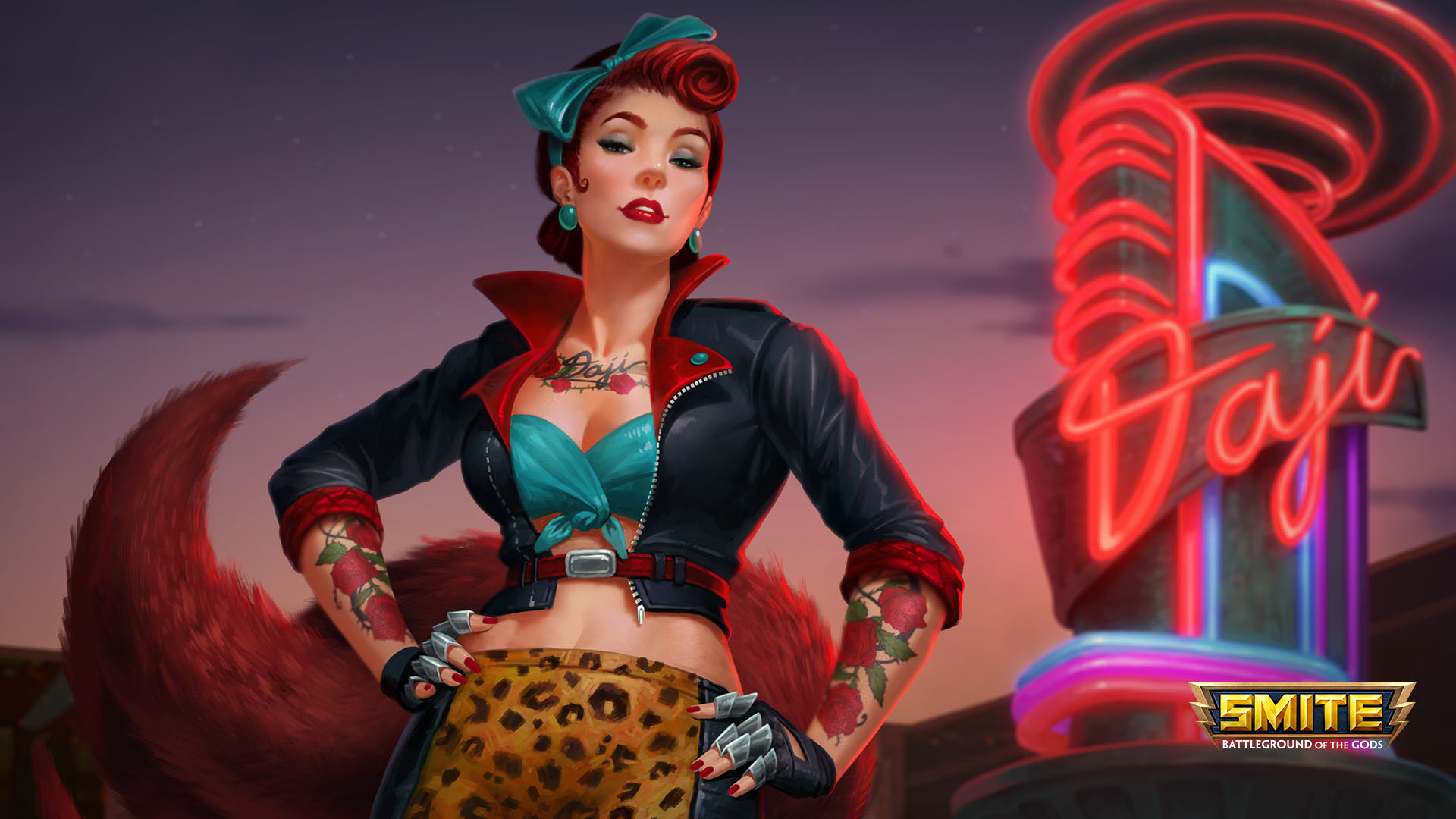SMITE Closed Beta Impressions
By Jason Harper (Hhean), OnRPG Journalist
SMITE is the latest MOBA from Hi-Rez Studios, taking notes from League of Legends and Land Of Chaos Online, rather than Defense of the Ancients. The game’s cast is based on Gods, Spirits and other mythological figures, all fighting in a familiar three laned map with an ancient greek aesthetic. It’s the Super Smash Brothers of the ancient world, with Anubis shooting lazers over the head of Ymir as he crashes headlong into Kali. All while Sun Wukong watches the spectacle with a mischievous glint in his eye.
From League of Legends, SMITE uses similar formulas for character stats, making use of Ability Power and Attack Damage rather than the standard Strength, Agility, Intelligence template employed by Dota. This will like be a matter of personal preference for those who are more experienced with the genre. For new players, this does help them know exactly what they’re buying and why, without having to look at the behind the scene calculations on what buying a stat actually does to benefit their character. On the flip side though it does lack the simple goals one can attach to the tri-stat system, where a new player can simply say “I’m a Strength character, therefore I should just build that stat. It doesn’t matter what it does, since apparently I need that”.

From Land Of Chaos Online, the game eschews the standard isometric camera that has been the standard for the genre, and instead it makes use of a third person camera. This camera angle means that the standard ‘click to move’ control scheme of most MOBAs would be highly unwieldy. Instead the game has you use WASD to move, and 1234 to fire off your abilities rather than the standard QWER.
The third person perspective in the game was most likely chosen due to one of the more unique parts of SMITE. All attacks in the game, be they auto-attacks or abilities, are skillshots. For those unfamiliar with the genre, this means that all attacks must be aimed manually, and will never simply hit an enemy after targeting them. This makes the ranged combat in the game feel more like a simplified shooter rather than an RPG, and the melee combat feel like a poor man’s Guild Wars 2.

The change of camera angle impacts the game in ways beyond this though, for better and for worse. The lower camera limits your visibility far more than the almost top down view afforded by the Isometric camera. Enemies can easily sneak up on you, abusing your limited field of view. This opens up interesting tactical options, as you can abuse an enemy’s blind spot just as much as another could potentially do the same right back to you. Furthermore, due to the manual aiming in the game, you can’t simply check around you during fights, or else you’ll be unable to deal damage while checking if reinforcements are on their way.
This tighter field of view enables some interesting play, but it also causes its share of problems and limitations. The camera’s position can make gauging a character’s range difficult, which in turn makes juking and positional play much harder. Precise movements are often used to force an enemy to whiff their attacks in most MOBAs, but SMITE makes this element of play difficult to perform reliably. Compounding this issue is the slightly floaty controls, exacerbating an already troubling problem. Hopefully this is an issue that will disappear as players get more familiar with the way the game plays, but as of right now this is a real issue with the game.
While the ‘all skillshots, all the time’ cornerstone of SMITE’s design was clearly made to increase the game’s skill ceiling, the rest of the game seems to conspire against this central idea. A good deal of these things are clearly intended to help a new player get familiar with the game, (and by extension the genre itself) but a number of these design choices make the game more shallow than its rivals.
It’s very hard to combine the different abilities in a character’s kit due to long animations, both for spells and auto-attacks. This is further compounded by the lack of animation cancelling, which is a trick in most MOBAs that allows a player to reduce the time between spells or auto-attacks by using other attacks or moving. The only way to get a character’s full combo off is for other players to lock down targets for you, so you can deliver your key attacks. While this was likely added as a means to encourage teamplay, it is highly frustrating that you can’t play a character to their maximum capacity without others needing to pin the enemy down for you.

SMITE’s gameplay is by far the slowest paced of all current MOBAs. This may be a good thing for new players, but it’s certainly surprising when put side by side with Hi-Rez’s previous effort, the blisteringly fast paced Tribes: Ascend. The laning phase in the game can be a bit dull as a result, but team fights don’t become as chaotic as in other titles, allowing you to see what’s going on far more easily.
The long animations wouldn’t be so bad if they had any weight to them, but they all feel a bit limp wristed. There are no crushing blows or satisfying thrusts in this game. Just the usual flopping about with a weapon clutched in hand. This issue might not be so bad if the sound design itself didn’t feel almost non-existent. The various gods and monsters have very little dialogue between them, and some only have guttural noises to break the silence. This does make a good deal of the cast feel like they’re lacking personality, despite the rich source material that they’re based on.
If you thought the long animations, floaty movement and aimed auto-attacks might make last hitting far harder than it needs to be, then you’d have thought correctly. Last hitting, the practice where a player gets the last hit on a minion to get the gold from them as they die, is thankfully not a required skill in SMITE. When a minion dies, it simply donates gold and experience to all nearby players, regardless of whether they killed it or not. The only reward for getting the last hit on a minion is you get a small amount of bonus gold, roughly an extra fifth or so of the minion’s worth. While this is clearly to help compensate for the control issues, and not punish new players too much, it can make laning a bit strange. The only way to prevent an enemy from simply riding the gold and experience train to victory isn’t to simply harass them, but to outright drive them from their lane by either forcing them to run back to base or kill them.
Itemization in the game is streamlined in a way that takes away the interesting choices found in other games of this type. Rather than building smaller items that combine with one another to form larger and more powerful items, SMITE has items that start weak, but can be upgraded twice, often with an added bonus for having the item reach its third tier. While this is no doubt a design choice made with new players in mind, it denies some of the interesting decisions that can be thrown at a player when building their character on the fly. Do you go for the weapon that slows your enemies, or the equipment that will give you some defenses? Both would build to that lovely end-game item you want, but the order can often be critical to success.

In SMITE, this choice is denied you, as all items merely give stats until their third tier, so extra bonuses are never an option, and they all give the same stats that they would give at any tier of the item, just with lower numbers. Health or damage? You don’t get to choose, you get a bit of both.
One excellent feature for newcomers is the auto leveling and auto-itemization. At the start of a game, players can choose to have the game automatically build the recommended items and abilities for a given character. While these are good crutches for new players, they don’t allow for the flexible counter-building that is key to success in MOBAs. Furthermore, the auto-itemiser won’t allow you to purchase any of the abilities that can be gained from the game’s store. These abilities are somewhere between the activatable items found in most MOBAs (Which SMITE has none of), and the summoner spells found in League of Legends. These are mostly utility abilities to add some minor trick to your character’s arsenal. The effects include gaining a movement speed boost, becoming invulnerable for a couple of seconds (at the cost of being unable to move or attack), and removing all crowd control effects on your character.
Accounts can be leveled, but these levels don’t seem to do anything to benefit the player beyond gaining access to higher level matchmaking queues. There’s no out of game progression like in LoL. If anything, there’s actually a downside to this system, as once you’ve gained access to the higher level matchmaking queues, you cannot go back and queue with a lower level friend. If you’re a more experienced player, and want to group with your newbie friend who’s checking out the game for the first time, you’re flat out of luck. This one fault seems to go heavily against the rest of the game, which near bends over backwards to be as inviting to new players as possible.
SMITE is, in its current state at least, a bit dull. It’s entertaining enough while you’re playing it, but feels lacking in both depth and personality. This might be a good game to get friends involved in the MOBA genre, before moving them on to meatier titles. Both due to it using a camera angle MMO or shooter players may be familiar with, and its host of options clearly intended to smooth out the learning curve. Similar things were said about League of Legends in its early days though, and it is now considered a game worthy of some of the fiercest tournaments in gaming. Perhaps the release day SMITE will have more to offer in the future, or great minds will set to work on uncovering previously unknown depths. As things are right now though, it’s a bit of light entertainment that might hold your interest for a few hours before you move onto something more interesting.








